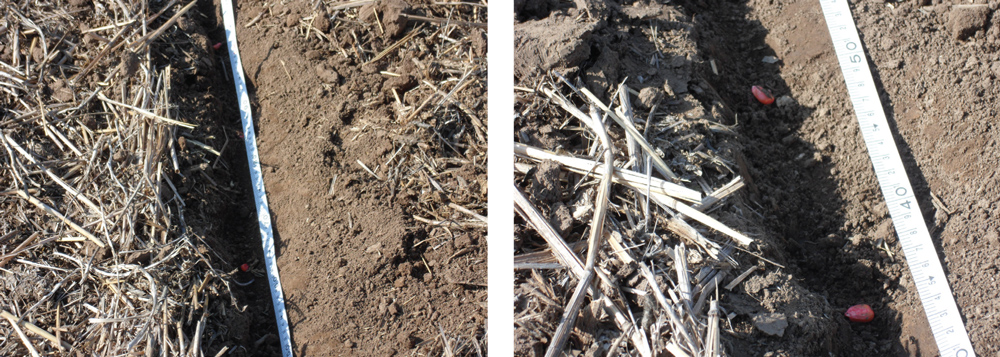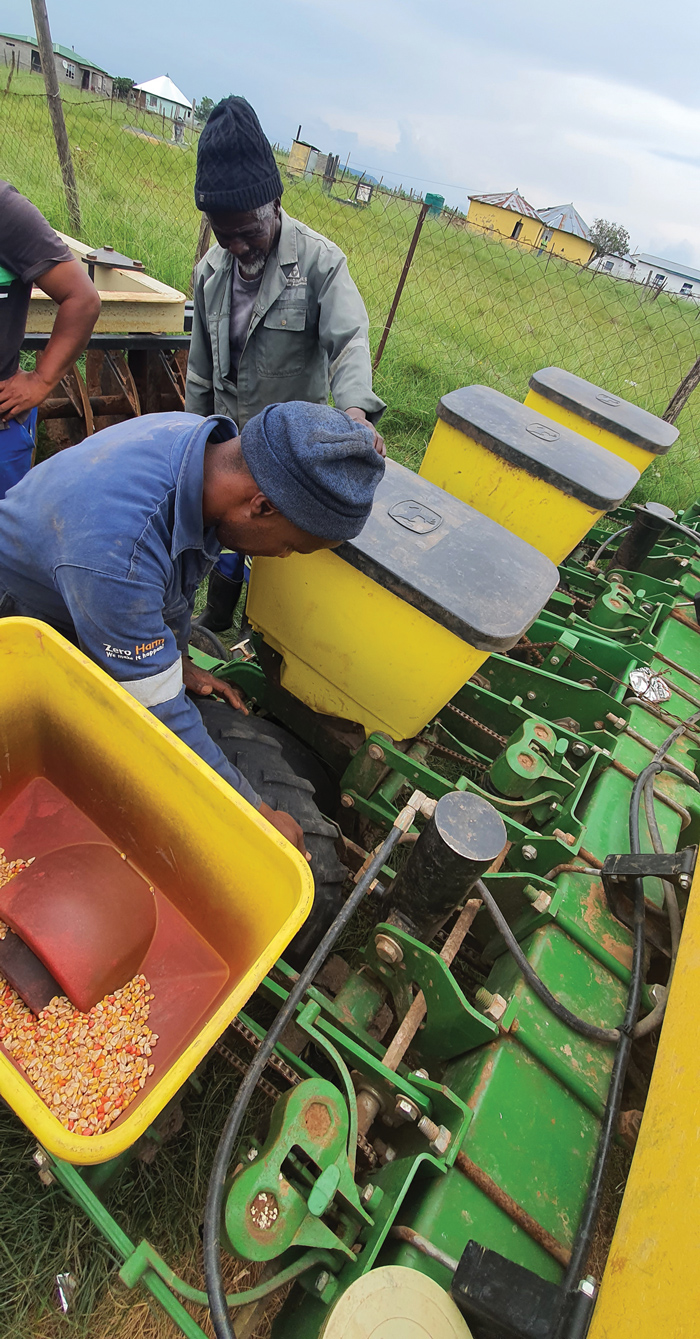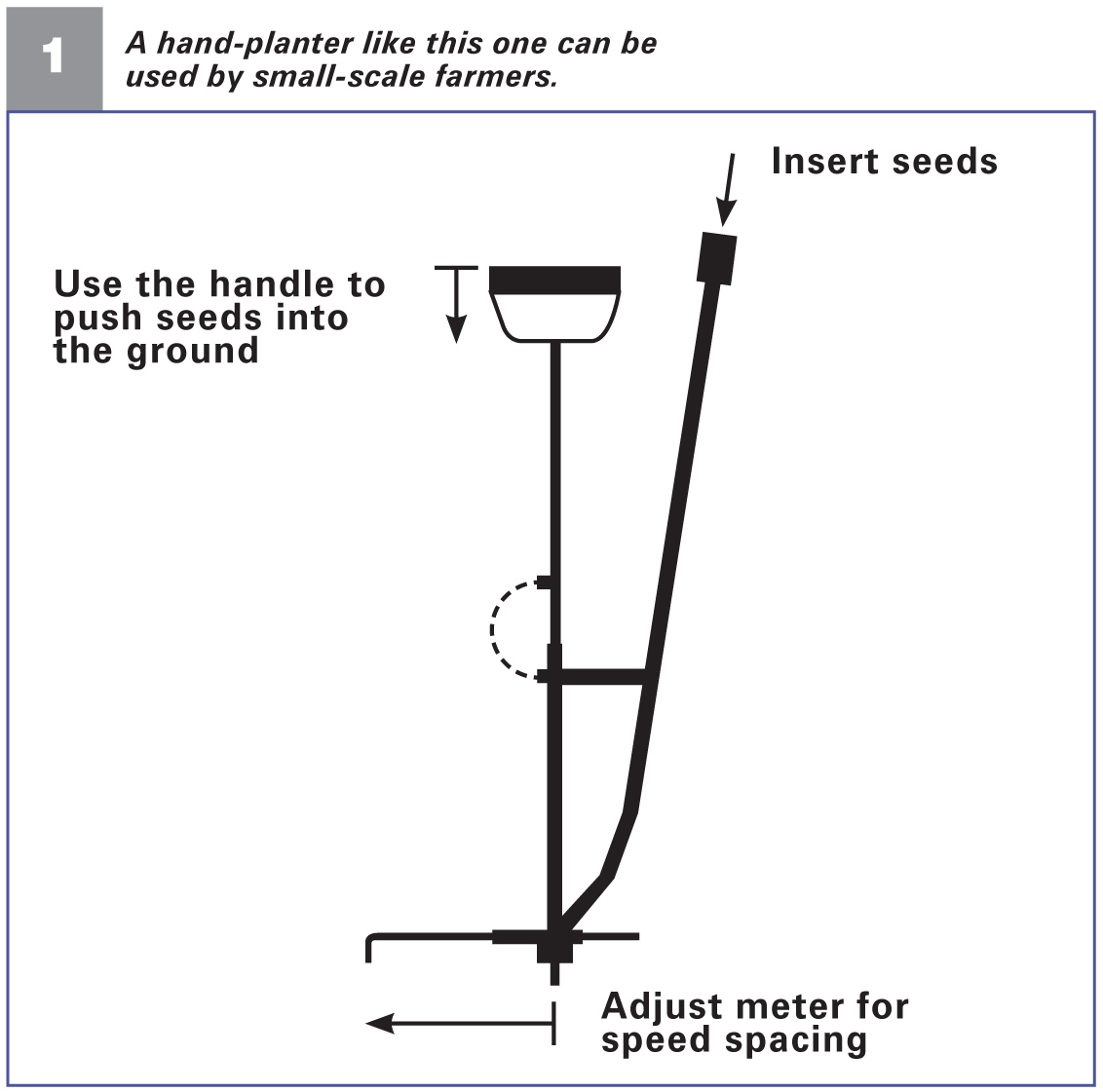October 2024
| PIETMAN BOTHA, INDEPENDENT AGRICULTURAL CONSULTANT |  |
EVERY PLANTER SHOULD BE CLEANED IN PREPARATION TO HEAD BACK TO THE FIELD EACH SEASON. HOWEVER, GETTING A PLANTER READY FOR OPTIMUM PLANTING IS MORE THAN JUST CLEANING. PLANTER CALIBRATION MUST BE DONE PROPERLY BEFORE PLANTING TO MAXIMISE THE YIELD.
A planting mistake can influence the final yield drastically. A too high or too low plant population will cost you money, so it is best to plant adequate seeds to ensure that the final plant stand is optimum for the desired yield. Obtaining an optimum yield depends on how you prepare and set your planter. Adjusting the planter to plant a specified number of seeds per metre or row is important in obtaining a proper stand.
A CHECKLIST FOR PLANTERS
Use the owner’s manual extensively for calibration and check the following to ensure the best stand for your crops:
In the field, dig to expose seeds in the row to make sure the planter is operating correctly. This may help to avoid an erratic stand after emergence. Confirm the desired seed depth and seed-to-soil contact.

It is important to measure the distances between the pips.

During the planting season it is important to either store the planter inside overnight or to cover it to prevent moisture accumulation in the material storage hoppers.
SETTING A PLANTER FOR THE DESIRED PLANTING RATE
Suppose the desired maize stand is 40 000 plants per hectare. Assuming there will only be 90% of surviving, healthy plants, the planting rate (PR) can be calculated by the following equation:
PR = Plants per hectare desired/emergence percentage
PR = 40 000/0,90
PR = 44 444 seed/hectare
Seed per metre or row required for planting
Convert the planting rate to reflect the row spacing in use. In this example, a 90 cm row spacing is used to do the calculations. One hectare is 100 m wide and 100 m long – or 10 000 m2.
To calculate the distance between the seeds:
With this knowledge, the planter can be taken to the land to measure the plant density.

The Farmer Development Programme offers an intensive training course on planter- and boom sprayer calibration.

If you open the row where seed has been planted, put the removed soil to the side. Make sure that the row marker is set correctly that the inter row distances are always the same.
Seed dispensing can be done as follows:
If the plant population must be changed, change the gear combinations as indicated on the calibration table of the planter. If there are many double seed deliveries or seed is not delivered at all, make sure that the right tray has been selected for the seed size for tray and vacuum planters. The correct vacuum delivery for vacuum planters should be checked. Make sure finger-wheel planter dispensing mechanisms are working correctly.
Remember a mistake at planting cannot be corrected without replanting, so make sure that everything is working correctly. Compare the number of bags of seed planted against the bags needed for the field on a regular basis. Check the planting distance regularly.

Publication: October 2024
Section: Pula/Imvula